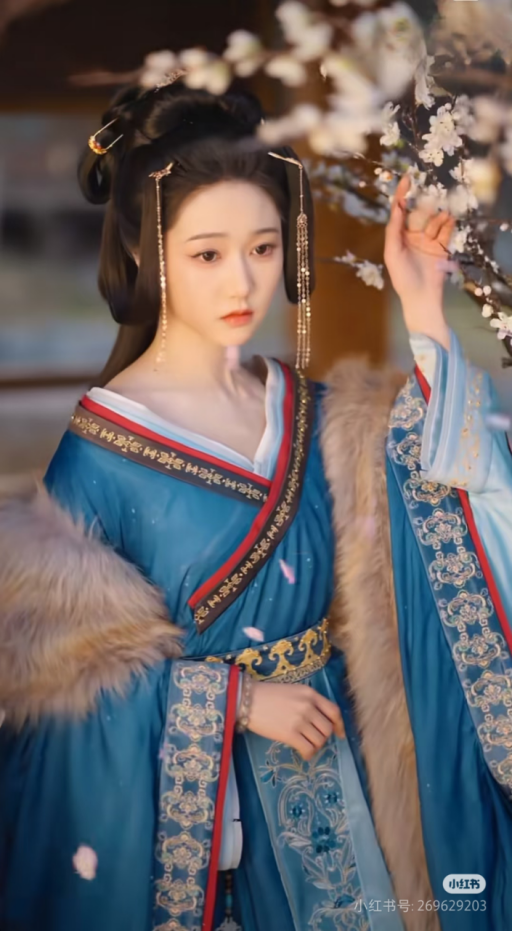Every piece of Hanfu is filled with ingenuity, especially the tailoring of the shoulder shape, which can be called the epitome of Chinese clothing aesthetics. Traditional Hanfu is extremely exquisite in shoulder styles, not only fitting the human body structure but also integrating thousands of years of aesthetic philosophy, making the seemingly ordinary shoulder a key part to show the soul of the clothing.
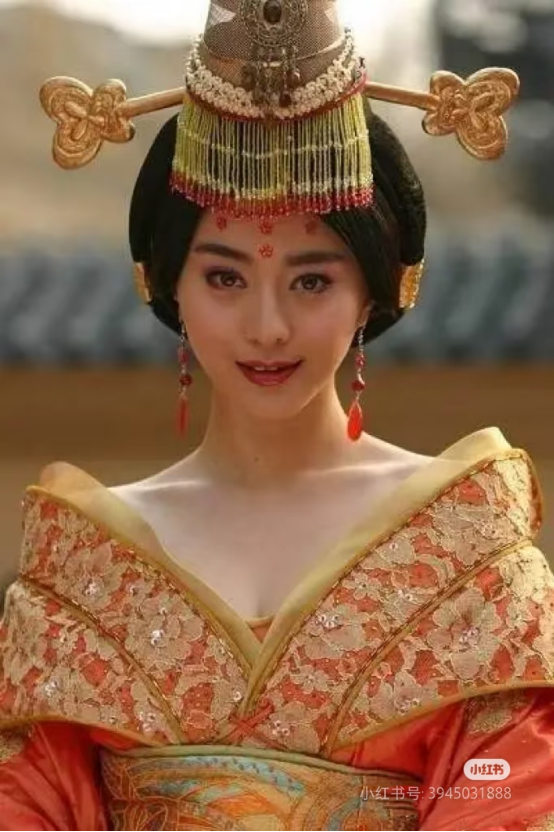
Two shoulder designs: sloping shoulders and square shoulders
Sloping Shoulders
Sloping shoulders refer to the natural inclined tailoring of the shoulders, and the collar extends a smooth arc from the neck to the armpit. This design is common in the ruqun (similar to a top and skirt suit) of the Wei and Jin Dynasties and the beizi (long coat) of the Song Dynasty. It completely fits the natural slope of the shoulders, and when worn, the fabric will fall along the body lines, with a natural flowing feeling.
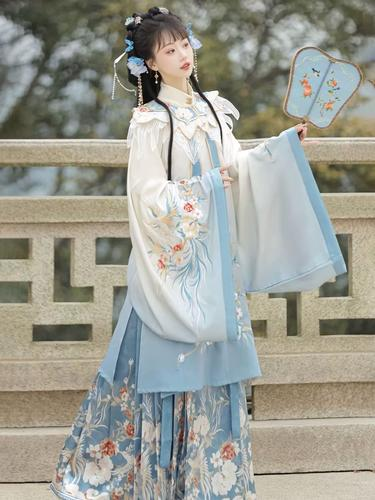
Square Shoulders
Square shoulders, also known as “straight collar and front opening”, have straight and neat shoulder lines, and the neckline looks regular and solemn. It is more common than sloping shoulders. For example, the qixiong ruqun of the Tang Dynasty and the cape of the Ming Dynasty all adopt the square shoulder design. This shoulder shape conforms to the ancient concept of “harmony between man and nature” in etiquette, looking dignified and elegant.
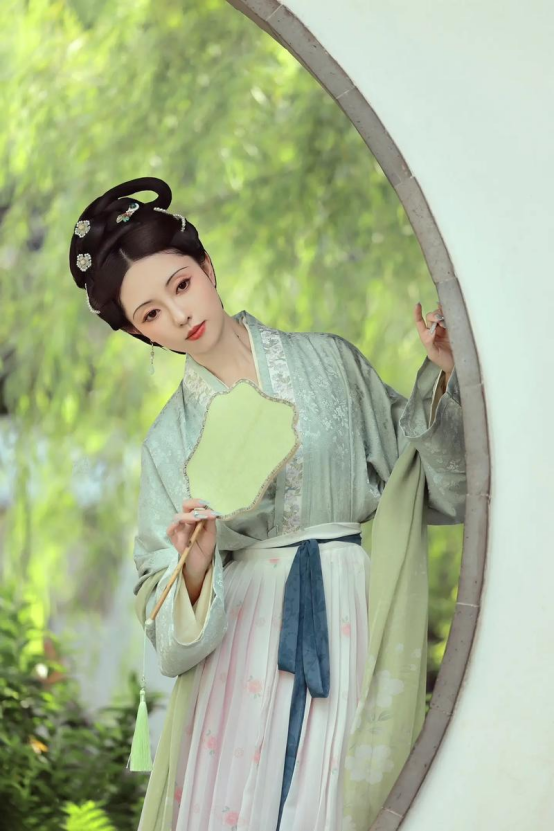
What are the functions?
Sloping shoulders reflect “conforming to the shape and following the trend”. The sloping shoulders, together with the collar and placket lines, form a soft arc, which not only fits the shoulder curve but also can show the effect of “Wu Dai Dang Feng” (the lightness of the clothes belt fluttering in the wind like in Wu Daozi’s paintings) through the drape of the fabric, showing the flexible and smart beauty.
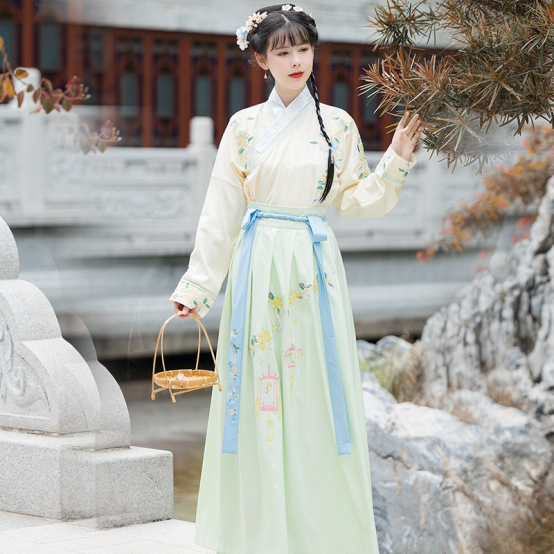
Square shoulders reflect “neat and dignified”. The straight shoulder lines are often matched with square collars or standing collars, and some will add decorations such as embroidery and edging on the shoulders, which not only looks neat and capable but also reflects the design concept of traditional clothing “shaping with lines”, showing delicate in solemnity.
Sloping shoulders and square shoulders seem to be opposite in style, but in fact, they hide the “intergrowth of curves and straights” in Chinese traditional aesthetics. Sloping shoulders are as natural as flowing water, reflecting the philosophical thought of “following the way of nature”, showing the implicit and introverted soft beauty; square shoulders are regular, neat and generous, which is the portrayal of “centrality and peace”, showing the solemn and elegant rigid charm. The two complement each other and jointly form the aesthetic system of Hanfu “both in form and spirit”, becoming the cornerstone of traditional clothing aesthetics.

